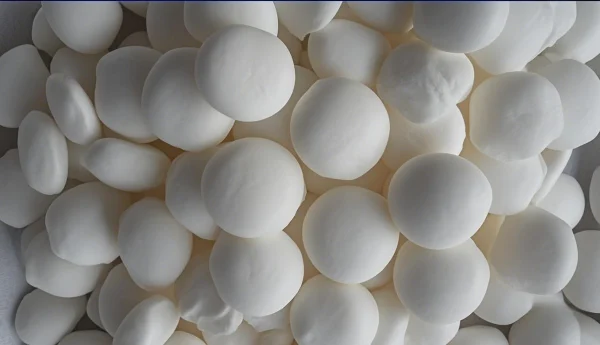
In the realm of mineral processing, the efficient utilization of chemicals is not only crucial for cost - effectiveness but also for environmental sustainability. Sodium cyanide, a key reagent in the cyanidation process widely used for gold extraction, has always been a significant concern due to its high cost and potential environmental hazards. This article
delvs into the production practices implemented by a certain mineral processing plant to reduce Sodium cyanide consumption, aiming to provide valuable insights for the industry.
Background and Motivation
The mineral processing plant in question faced the dual challenges of escalating Sodium Cyanide costs and increasing regulatory pressure regarding environmental protection. Sodium cyanide, although highly effective in dissolving gold from ores, comes with a hefty price tag. Moreover, any improper handling or excessive use could lead to environmental pollution, posing a threat to aquatic life and human health. Reducing its consumption became an urgent task to maintain the plant's competitiveness and meet environmental compliance requirements.
Technical Measures and Practices
1. Optimized Ore Pretreatment
The plant first focused on improving Ore pretreatment processes. By enhancing the crushing and grinding fineness control, the surface area of the ore particles was increased, allowing for more efficient contact between sodium cyanide and gold - bearing minerals. Advanced ore characterization techniques were employed to better understand the ore structure and mineralogy. Based on this information, the plant adjusted the pretreatment parameters, ensuring that the ore was in the most suitable state for the cyanidation process, thereby reducing the amount of sodium cyanide required for effective gold dissolution.
2. Precise Reagent Dosing System
A state - of - the - art automated reagent dosing system was installed. This system was equipped with real - time sensors that monitored various process parameters, such as pulp density, pH value, and gold concentration in the solution. Using sophisticated algorithms, the system could accurately calculate and adjust the amount of sodium cyanide added according to the actual process conditions. Compared with the previous manual dosing method, the new system significantly reduced over - dosing, leading to a substantial decrease in Sodium cyanide consumption.
3. Cyanide Recycling and Reuse
The plant also established an efficient Cyanide recycling and reuse system. Spent cyanide - containing solutions were treated through a series of purification processes, including chemical precipitation and ion - exchange. The recovered sodium cyanide, after strict quality control, was reintroduced into the cyanidation process. This not only reduced the overall demand for fresh sodium cyanide but also minimized the environmental impact associated with the disposal of cyanide - rich waste solutions.
4. Process Monitoring and Optimization
Continuous process monitoring was carried out using advanced analytical instruments and data - driven management systems. Key performance indicators related to sodium cyanide consumption were closely tracked, and data was analyzed regularly. Based on the analysis results, process adjustments were made in a timely manner. For example, when fluctuations in sodium cyanide consumption were detected, the plant could quickly identify the root causes, whether it was due to changes in ore properties or process inefficiencies, and take corrective actions promptly.
Achieved Results
Through the implementation of these comprehensive measures, the mineral processing plant achieved remarkable results in reducing sodium cyanide consumption. The consumption rate of sodium cyanide decreased by compared to the previous period, resulting in significant cost savings. Additionally, the environmental impact was greatly mitigated, as the amount of cyanide - containing waste generated was reduced. The improved process efficiency also led to an increase in gold recovery rates, further enhancing the plant's economic benefits.
Conclusion and Outlook
The production practices of reducing sodium cyanide consumption in this mineral processing plant demonstrate that with the right combination of technical innovation, process optimization, and strict management, it is possible to achieve both economic and environmental goals. In the future, the plant plans to further explore advanced technologies, such as bio - cyanidation and the use of alternative lixiviants, to continuously reduce its reliance on sodium cyanide and improve the overall sustainability of its operations. These experiences and achievements can serve as a valuable reference for other mineral processing plants facing similar challenges in the industry.
- Random Content
- Hot content
- Hot review content
- Toxicity Assessment of Sodium Cyanide and Relevant Hazard Prevention Measures
- Sodium Isopropyl Xanthate 90% SIPX
- Expanded AN explosive
- Cyanoacetic acid 99% Powder
- Pine oil 85% High Quality Pinitol oil 85% Light Yellow To Colorless Oily Liquid
- butyl vinyl ether
- lithium Carbonates 99.5% Battery Level or 99.2% Industry grade 99%
- 1Discounted Sodium Cyanide (CAS: 143-33-9) for Mining - High Quality & Competitive Pricing
- 2Sodium Cyanide 98% CAS 143-33-9 gold dressing agent Essential for Mining and Chemical Industries
- 3Sodium Cyanide 98%+ CAS 143-33-9
- 4Anhydrous Oxalic acid 99.6% Industrial Grade
- 5Soda Ash Dense / Light 99.2% Sodium Carbonate Washing Soda
- 6Oxalic acid for mining 99.6%
- 7Calcium hydroxide Industrial Grade 90%
- 1Sodium Cyanide 98% CAS 143-33-9 gold dressing agent Essential for Mining and Chemical Industries
- 2High Quality 99% Purity of Cyanuric chloride ISO 9001:2005 REACH Verified Producer
- 3 High-Quality Sodium Cyanide for Leaching
- 4Powdery emulsion explosive
- 5Industry Grade Electron grade 98% Sulfuric Acid H2SO4 Sulphuric Acid Battery Acid Industrial Sulfuric Acid
- 6Colloidal emulsion explosive
- 7sodium hydrosulfide 70% flakes used Mining Industry


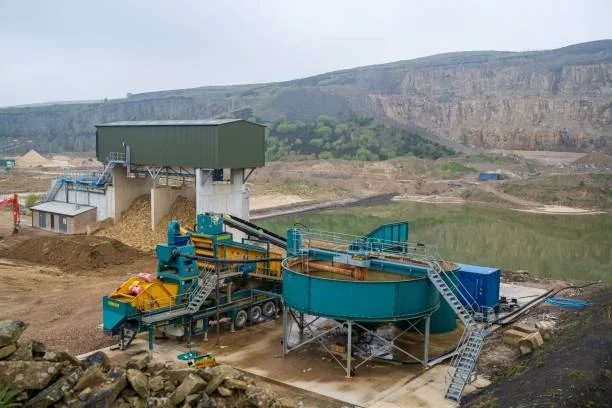
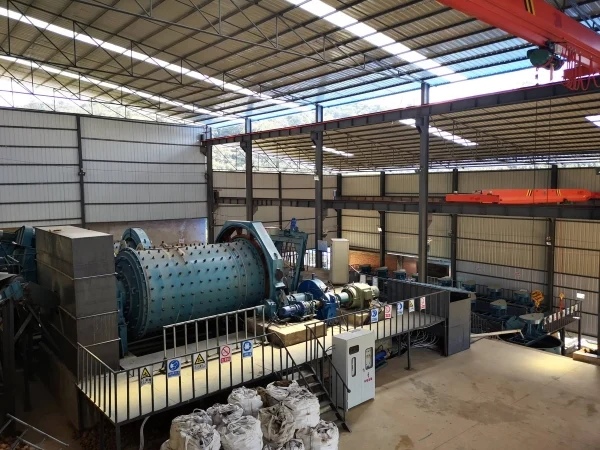
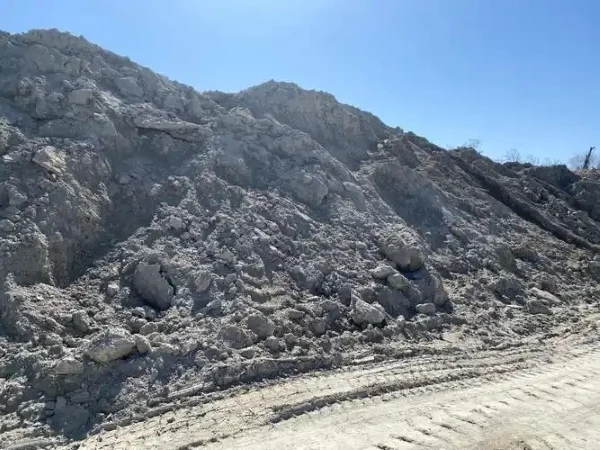
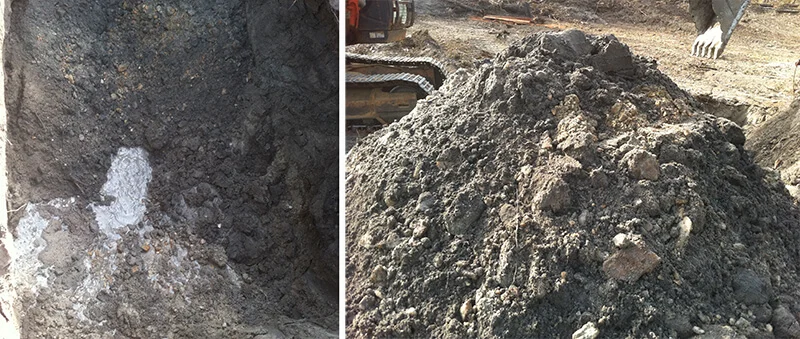
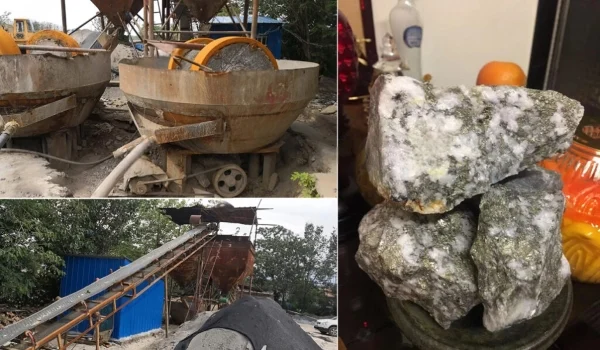
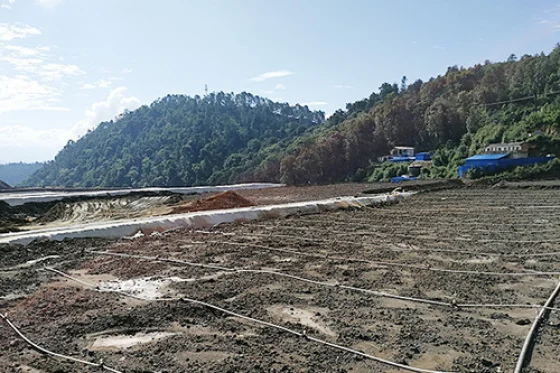



Online message consultation
Add comment: